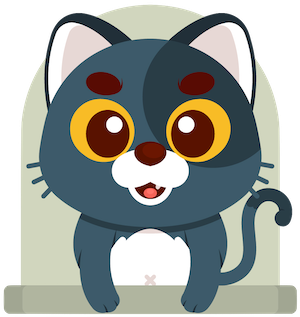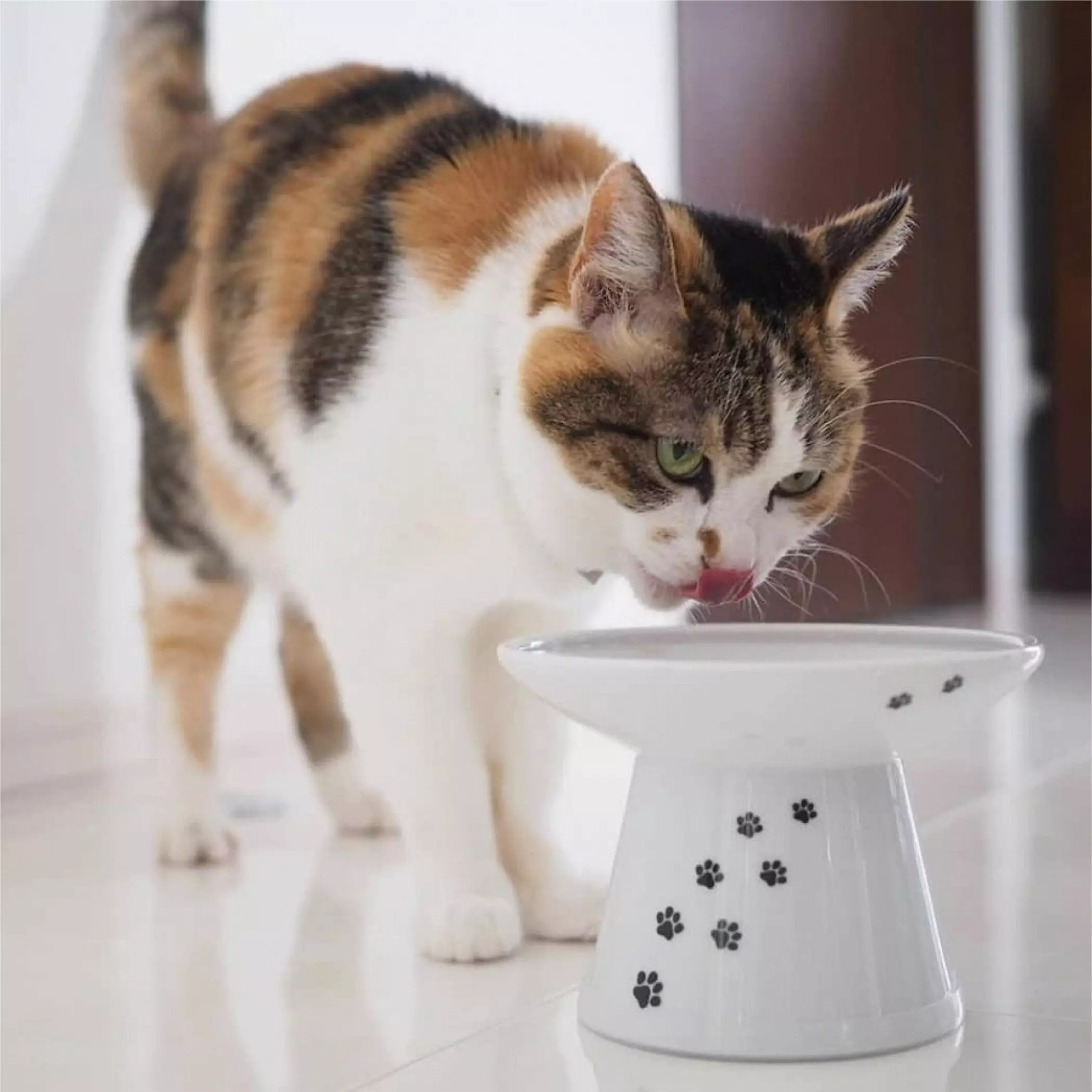As cat owners, we often observe various behaviors and quirks in our feline companions, yet one aspect that frequently goes unnoticed is whisker fatigue. This phenomenon has been drawing increasing attention among veterinarians and pet owners alike. Defined as an overstimulation of a cat’s sensory system due to excessive contact with their whiskers, whisker fatigue can lead to disinterest in food, discomfort, and even behavioral changes.
The Science Behind Whiskers
Whiskers, or vibrissae, are more than just a decorative feature on a cat’s face; they are highly specialized sensory tools. These sensory hairs are deeply embedded in the cat’s skin and are connected to the nervous system, allowing cats to detect changes in their surroundings. When a cat eats from a bowl that is too narrow or deep, their whiskers may touch the sides repeatedly, sending numerous sensory signals to the brain. This can create an overwhelming experience which, in turn, can lead cats to avoid the very food they usually enjoy.
Understanding the signs of whisker fatigue is vital for cat owners. One clear indicator is a change in eating behavior—if your cat suddenly starts ignoring their food, it may not be a loss of appetite but rather an issue with how they are eating it. Other signs may include pawing at the food bowl, showing signs of frustration while eating, or even spilling food out of the bowl. By recognizing these behaviors, we can help create a more enjoyable eating experience for our furry friends.
After noticing our own cat exhibiting signs of whisker fatigue, our search for the perfect bowl led us to various solutions—none of which seemed satisfactory. The breakthrough came when we discovered the Necoichi extra-wide bowls, which were not only designed to alleviate whisker fatigue but also encouraged natural eating behavior by ensuring the food remains centered. The unique curvature of these bowls allows food to settle in the middle, preventing the common scenario where cats are frustrated by eating from the edges or perceived emptiness.
Another important factor in selecting a food bowl involves the material used. Traditional bowls made from bamboo composite or plastic can harbor bacteria, leading to health concerns such as feline acne. Necoichi’s ceramic bowls eliminate this risk, providing a safe, easy-to-clean option for cats. The glossy surface of ceramic bowls minimizes bacterial growth, making it a more hygienic alternative while still being visually appealing.
The Elevated Advantage
The design of the Necoichi bowls also includes an elevated structure, which offers additional benefits. By allowing gravity to assist in moving food from the bowl to the stomach, elevated bowls can be particularly advantageous for cats that have difficulty eating or have a tendency to vomit. This thoughtful design can mitigate the risk of regurgitation and promote a more comfortable feeding experience.
We are particularly delighted to share that Necoichi offers a variety of designs for their extra-wide raised bowls, including themes such as Classic and Sakura 2022, as well as more playful options like the Tilted Bowl version, intended to assist food movement to the front. Additionally, Necoichi provides budget-friendly standard-sized bowls and water dishes for those whose cats do not require the extra-wide option.
This thoughtful variety caters to the needs of all cats, including our three-legged friend Nubia, who finds herself more comfortable when she drinks and eats from an elevated bowl.
By recognizing the importance of whisker fatigue and investing in the right feeding tools, we can significantly enhance our cats’ dining experiences and overall well-being. The subtle details we might overlook can drastically improve their quality of life, proving that every little adjustment makes a difference in our beloved pets’ daily routines.


Leave a Reply